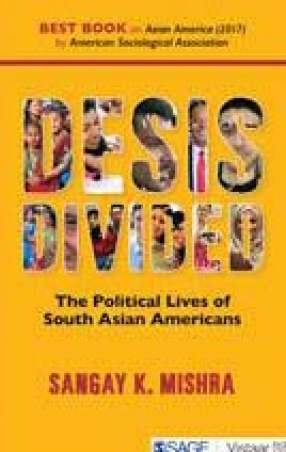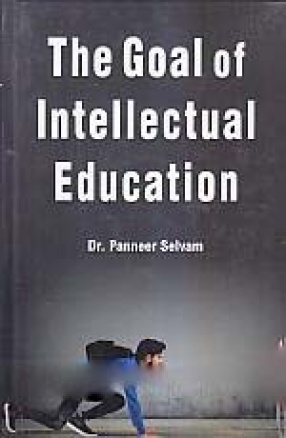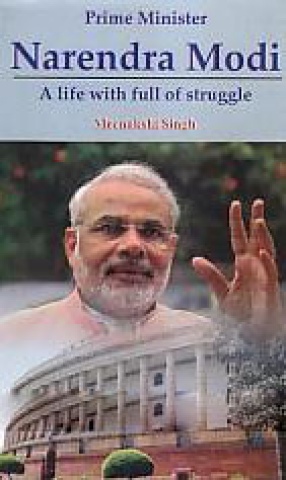South Asian Americans, one of the largest groups of immigrants in the United States, are the most diverse community defined by religious, linguistic, economic, and generational distinctions. The experiences of Indian Americans, alongside Pakistani and Bangladeshi Americans, tell a story of social and political inclusion in which the distinctions within the groups play a significant role.
Sangay K. Mishra shows how the internal characteristics and distinctions lead to multiple paths of political inclusion, defying a unified group experience. He analyzes features such as class, religion, nation of origin, language, caste, gender, and sexuality in group mobilization.
How, for instance, has religion shaped the fractured political response to intensified discrimination against South Asians in the post-9/11 period? How have class and home country concerns played into various strategies for achieving political power? Pursuing answers, Mishra finds that while ethnic mobilization remains an important component of Desi experience, ethnoracial identity is deployed differently to produce distinct mobilizations.
Contents: Introduction. 1. South Asian Americans and Immigration Regimes: Exclusion, Ghadar Rebellion, and Silicon Valley. 2. Political Incorporation and New Immigrants: Beyond Racial Solidarity. 3. Race, Religion, and Communities: South Asians in the Post- 9/11 United States. 4. Mapping the Modes of Mobilization. 5. Transnationalism and Political Participation: The Challenges of “In-Between” Americans. 6. Diasporic Nationalism and Fragments Within. 7. Conclusion: Negotiating Identities and Crafting Political Solidarities. 8. Post Script: The 2016 U.S. Elections and South Asian Americans. Notes. Bibliography. Index.





There are no reviews yet.